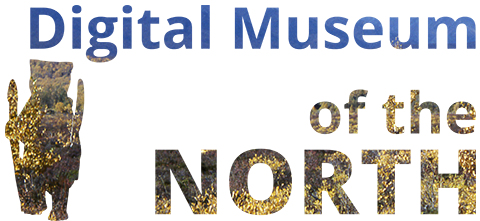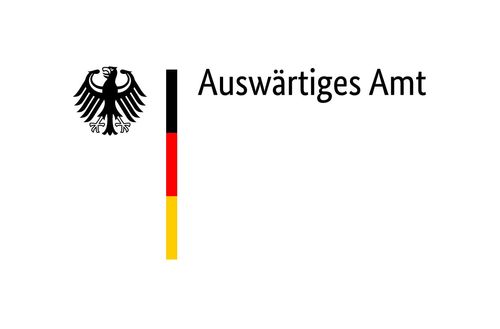Musée d‘ethnographie de l‘Université de Bordeaux
Liliia Zdor and her team* talk about how traditional balls are made
"The ball shown here is sewn from bearded seal hide. It is made from six separate leather pieces. First, four pieces are stitched together to form the sides. The fifth piece is used for the rounded bottom, and the sixth for the rounded top. The edges are joined using narrow strips of plain, undyed leather. Colored leather strips are also used. Circular rosettes are sewn onto the top and bottom of the ball. Narrow strips of kamus (reindeer leg hide) are cut and sewn around the edges of the rosettes, creating a sun-like ornament with radiating "rays." This particular ball is in poor condition, likely due to frequent use, and was probably made a long time ago. Today, balls are sewn in various styles, often decorated with beads. Many are made as souvenirs. However, in some reindeer herding camps, people still play ball games."
Irina recalls: “On the holiday vylgykoranmat, after the feeding ritual and the butchering of the slaughtered reindeer, we played ball. We played until late into the night. The team that managed to keep the ball the longest was declared the winner. The ball was sewn from seal hide. We used ochre to dye the hide. Seal hide without fur is called mtenuigyn. Light, hairless strips of hide were used to sew together the colorful parts of the ball. The thread for sewing the pieces was made from animal sinew. The hide of a hunted seal is first degreased and placed in a container filled with urine. It’s left there until the hair begins to loosen. Once the hair is removed, the cleaned hide is thoroughly washed, stretched onto a wooden frame, and hung out to dry in the frost and wind. Once frozen, any remaining bits of flesh are scraped off, and the hide is dried again in the frost.”(Video in progress)
* Liliia Zdor, Galina Etul', Irina Gyrgol'naut, Irina Nutetgivev and Mark Zdor.
Self-recorded. Fairbanks, 2024.



